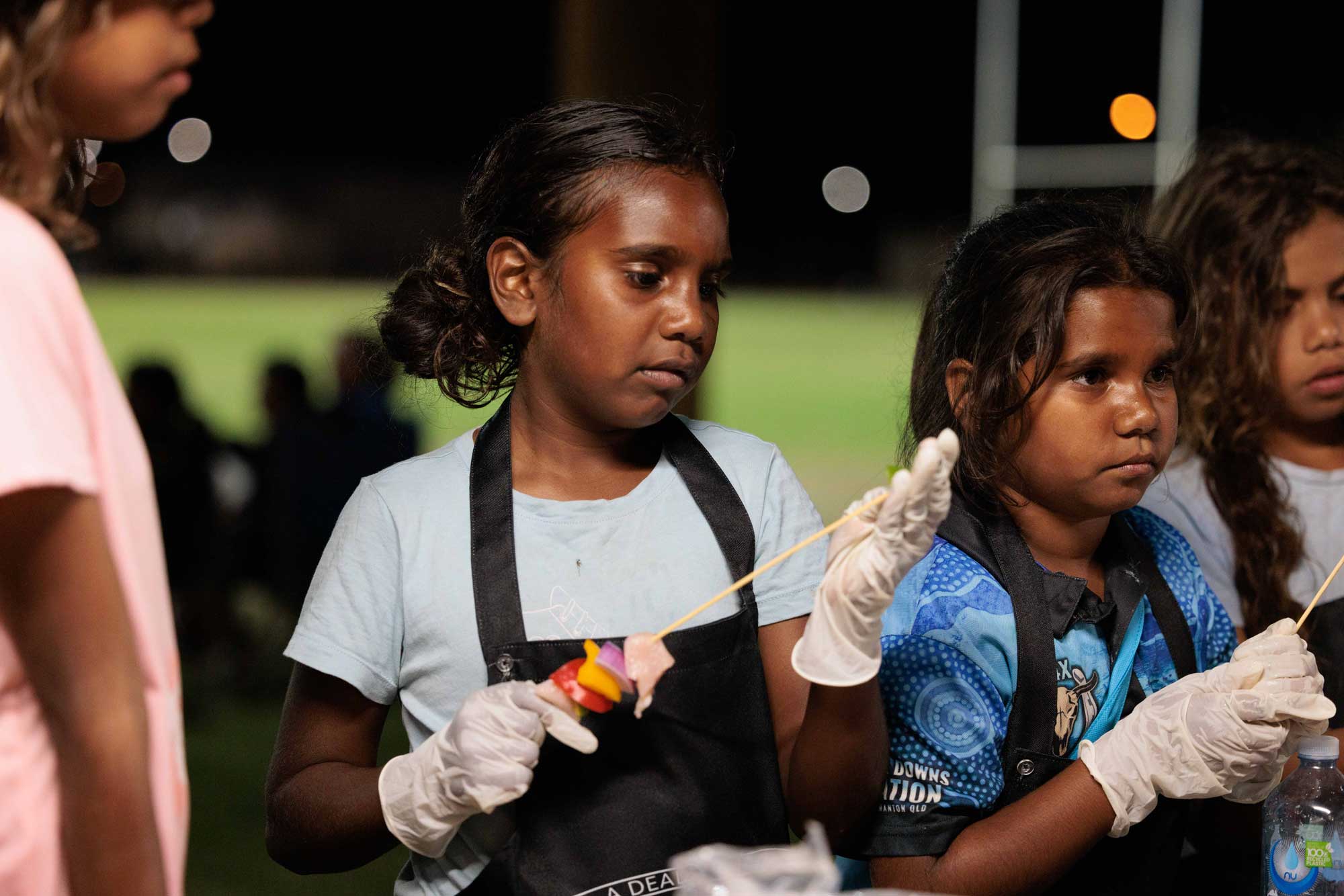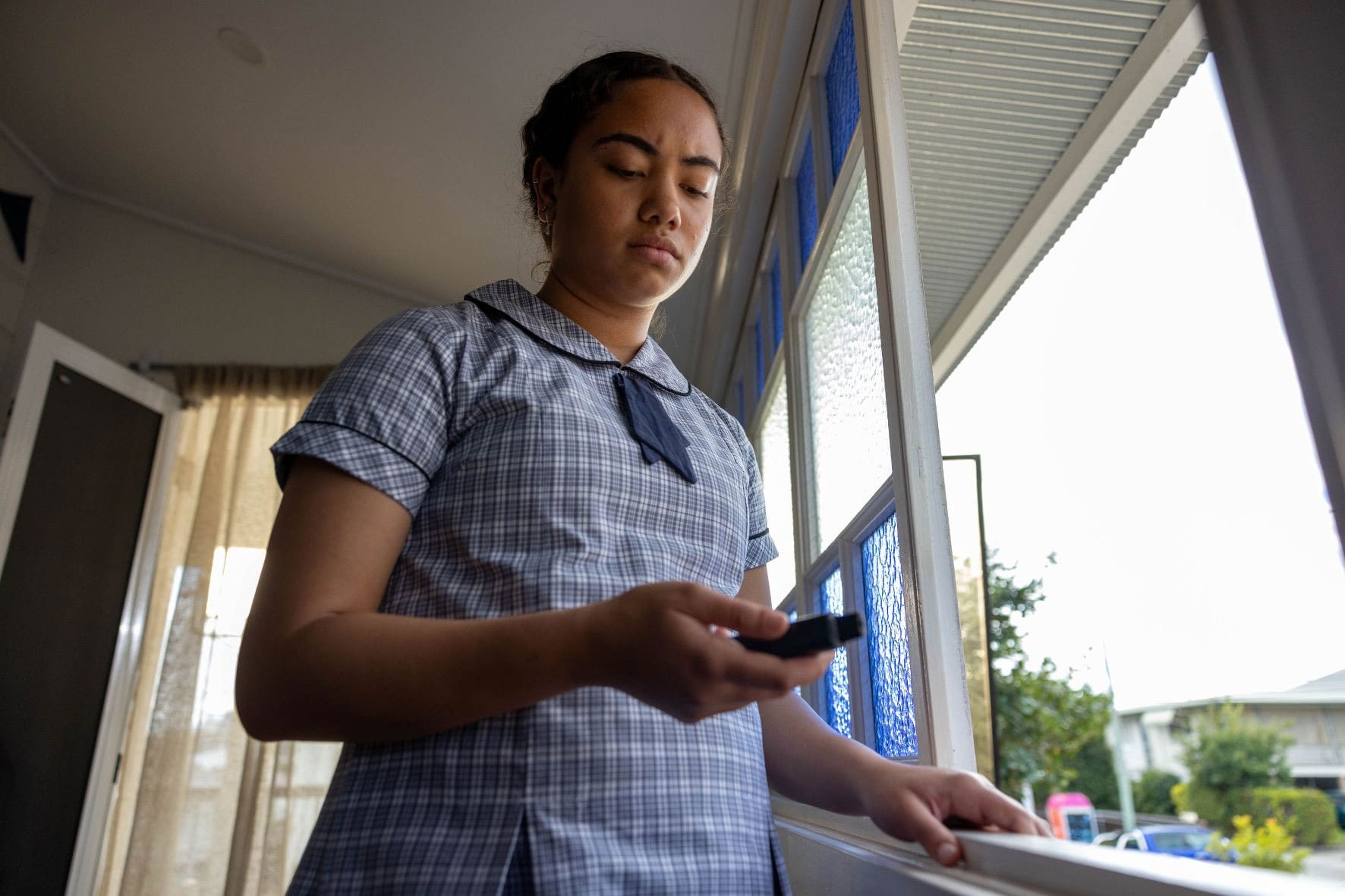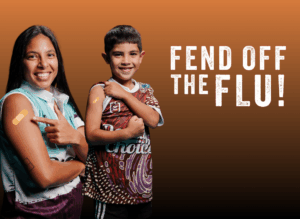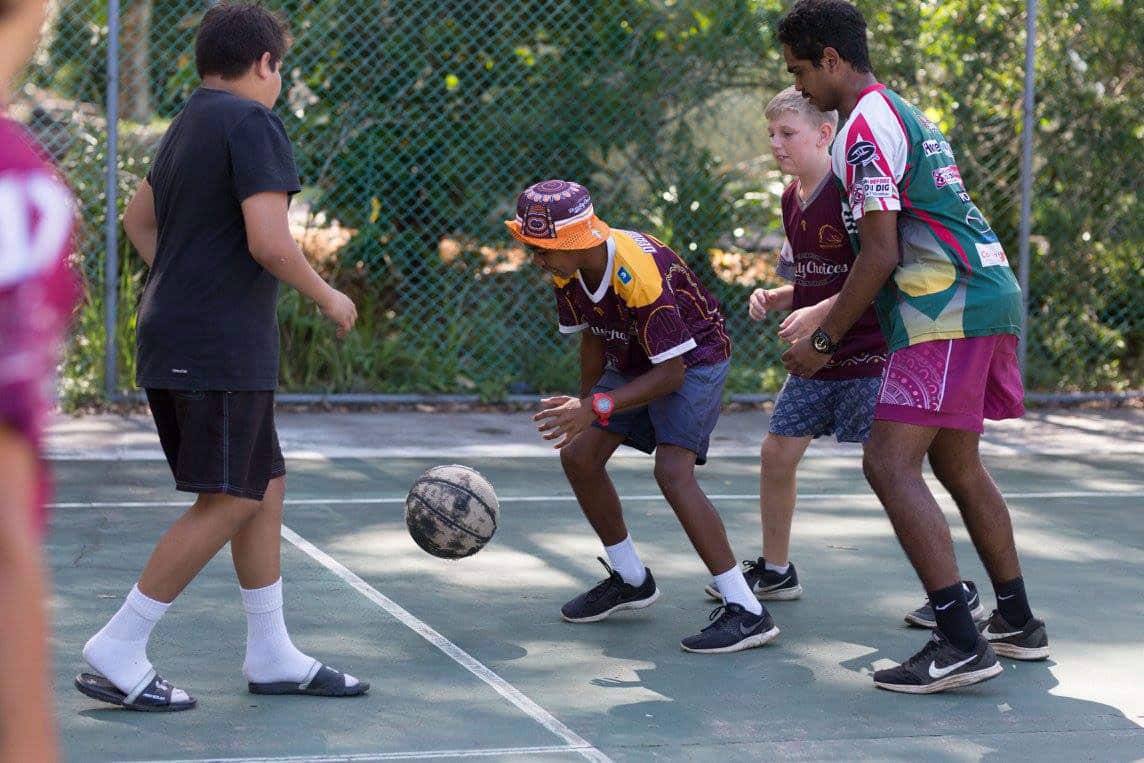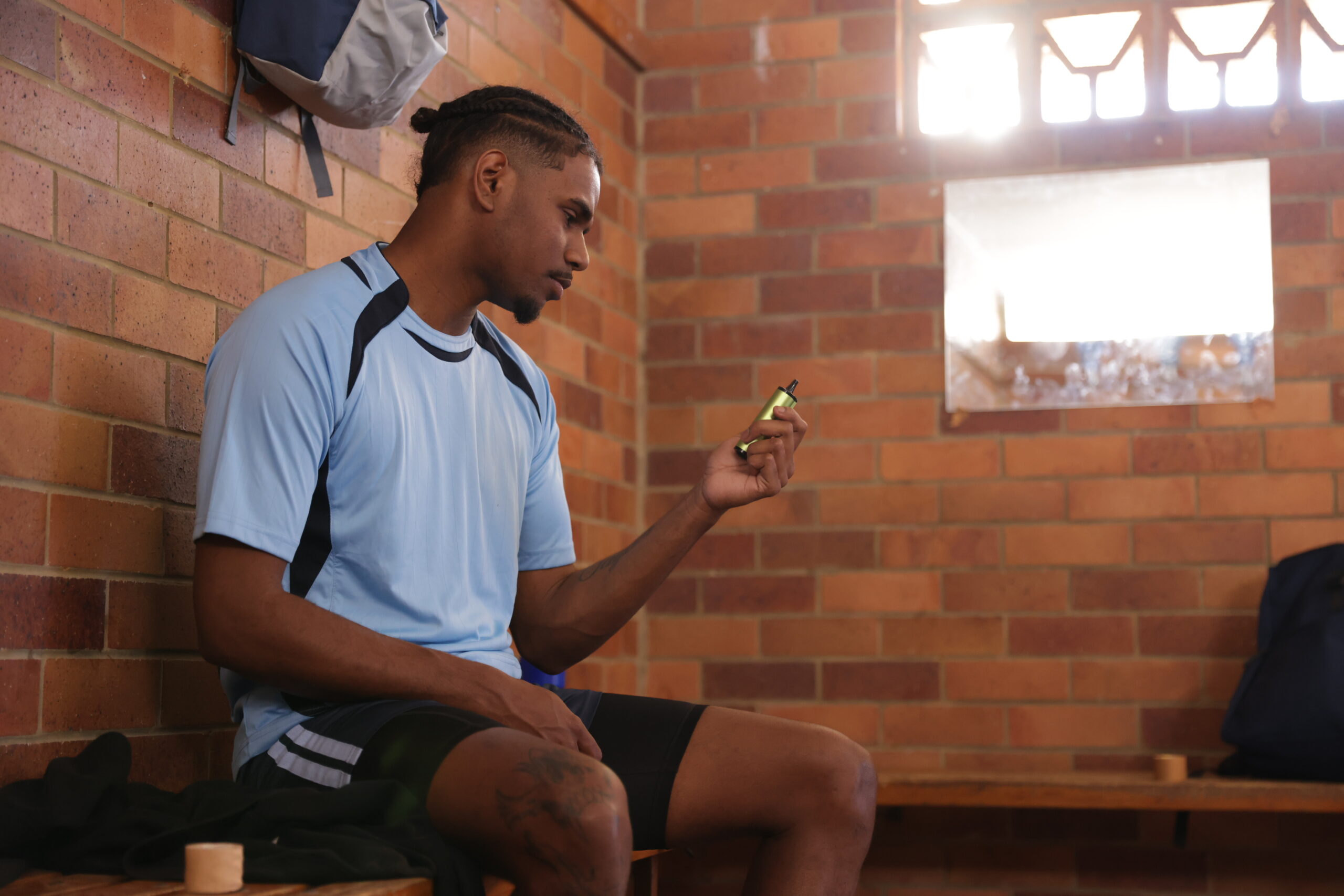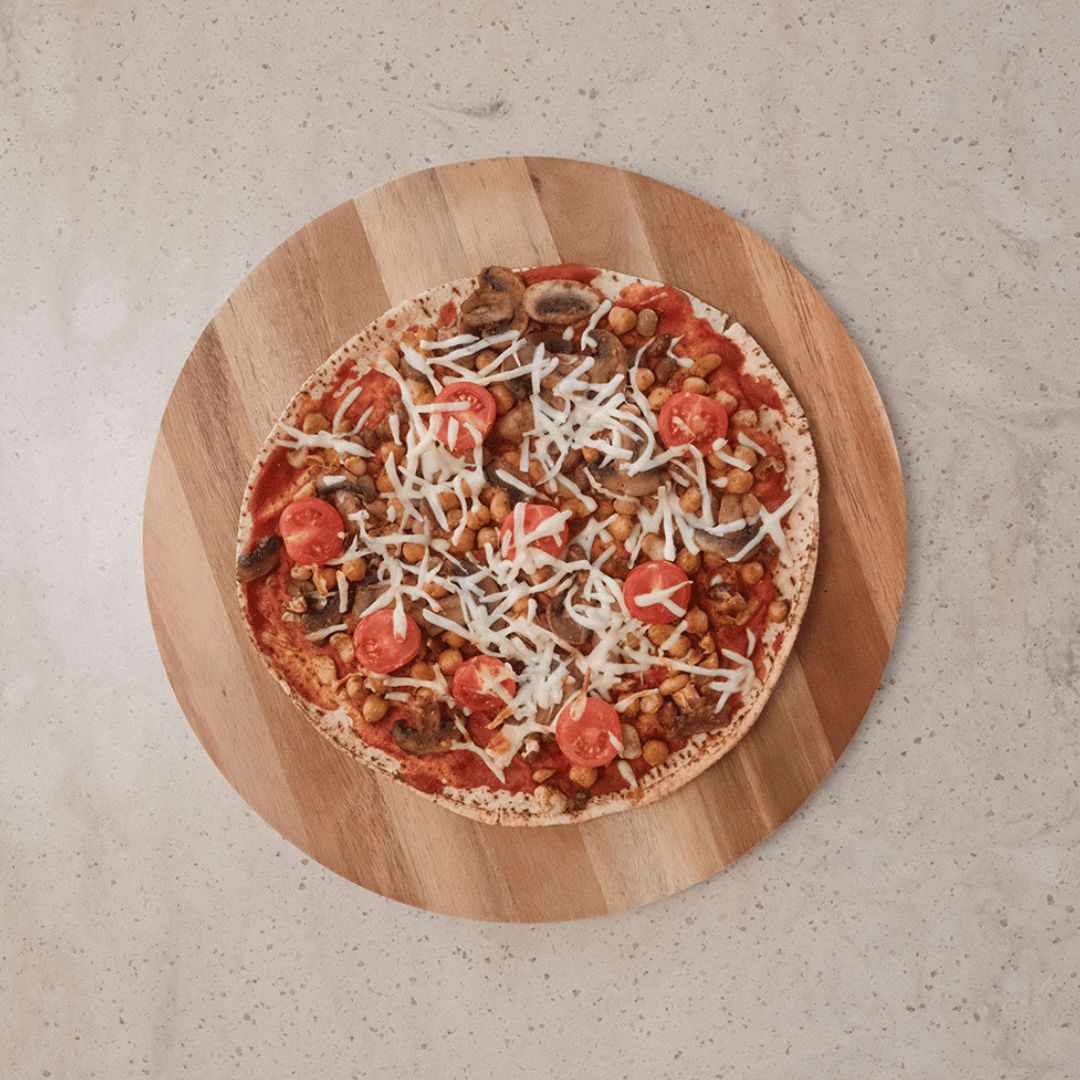How to quit
Contact your local GP, Community Controlled Health Service or Quitline (13 78 48) for personalised Quit Help.
First introduced in 2003, vapes (or e-cigarettes) are battery-powered devices that work by heating a cartridge of vape liquid to vapour, which is then inhaled by the user. They can often look similar to cigarettes, cigars, highlighter pens or USBs. Due to the relative newness to the market, researchers are still learning what long-term effects vapes have on our health.
Habits and Triggers
Learning your smoking and vaping habits and triggers is an important step in your quit journey.
Smoking and vaping can be more than an addiction, for many it is a coping strategy for difficult situations, a part of socialising and daily routine.
Certain situations can ‘trigger’ an urge to smoke or vape more than others.
A trigger is something that creates the urge to have a smoke or vape.
Triggers are different for everyone, but they are often caused by:
- Emotions like stress, anger or sadness
- Situations where one would normally have a smoke or vape (drinking morning coffee/tea, hanging out with your Mob)
- Remind you of smoking (seeing an ash tray, smelling cigarette smoke, seeing someone having a smoke).
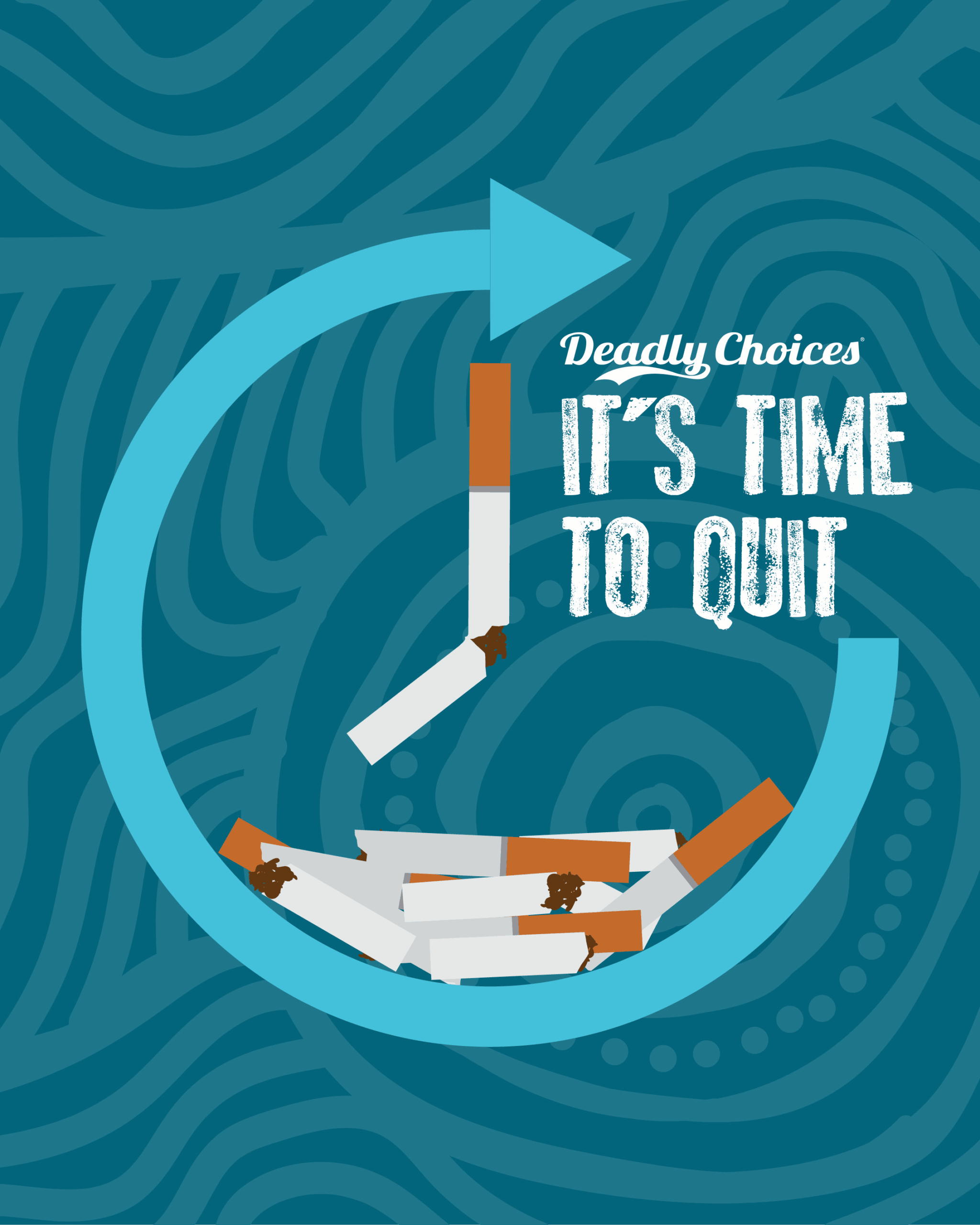
How to identify a trigger – and what to do about them
Identifying triggers can be tricky at first.
Steps to identifying triggers:
- When you feel the urge to smoke or vape note what you are doing, if you’re feeling any strong or negative emotions or if there is something you can see or smell that reminds you of smoking.
- Think back to any previous times you have been in a similar situation and have had a smoke or vape. Can you see a pattern in when you experience cravings? Smokers and vapers often associate their behaviours with social interactions or routines.
- Try different ways you can change the situation to help manage the trigger and minimise or remove the craving.
Examples of triggers and ways to minimise them:
Smelling cigarette smoke or seeing someone smoke
Ways to manage:
- Remove yourself from the situation if possible
- Do something to keep you busy – chew gum or hold a water bottle in the hand you would normally hold your smoke or vape and take sips regularly
Spending time with your Mob
Ways to manage:
- Explain to your family and friends you have quit smoking and ask them to refrain from smoking with or around you
- Change up the activity you usually do together (e.g. instead of sitting around, go for a walk)
Stress
Ways to manage:
- Stressful situations will be unique to each individual
- During your quit journey, nicotine withdrawals can impact your perception of stress. Withdrawals can negatively affect your mood, making you more irritable and making stress more difficult to manage.
- Finding healthy coping strategies that work for you in stressful scenarios will take time
- It’s important the strategies are something you enjoy and you feel truly relieve stress
- Examples of redirecting and minimising stress include going for a walk, listening to music, getting out on Country or yarning with a friend
- Hold a water bottle in the hand you would normally use to smoke with and take small, frequent sips
Lunch break
Ways to manage:
- Switch your normal lunch spot to somewhere new
- Don’t sit near people who smoke or vape
- Go for a walk
Sitting in traffic/in the car
Ways to manage:
- Remove any reminders of smoking or vaping
- Try to remove the smell of cigarettes by cleaning the car and adding an air freshener
- Play your favourite music
- Listen to a podcast
Morning coffee or tea
Ways to manage:
- Change where you have your morning coffee or tea
- Change up your drink, try a new brand or flavour
When drinking alcohol
Ways to manage:
- Avoid grog as much as possible in the first few weeks of quitting as it can affect your brain’s decision-making process
- Try holding a non-alcoholic option in the same hand you would normally hold your cigarette or vape
Watching TV
Ways to manage:
- Sit in a different location to normal (different room, on a different chair or even on the floor)
- Use a stress ball or fidget toy
- Move through some light stretching while watching TV
Nicotine Replacement Therapy (NRT)
Nicotine Replacement Therapy (NRT) is a treatment used to help people quit smoking. It works by supplying a dose of nicotine (without other toxins) to help the user manage cravings. The treatment can be delivered through a variety of options, including gum, lozenges, patches, sprays and more.
When combined with deadly quit tactics, the use of NRT and/or medication is one of the most effective ways to help someone quit.1
NRT should be selected with the assistance of your Community Controlled Health Service, GP or Quitline and can be delivered through a variety of treatment options.

Oral NRT Treatments
Are often fast acting NRT options. Oral treatments can help manage the sudden onset of nicotine cravings by quickly releasing nicotine into your system when required.
Options for oral NRT treatments include:
- Nicotine gum
- Nicotine lozenges
- Nicotine mist spray
- Nicotine Inhalator
Topical NRT Treatments
Used for a slower, steadier release of nicotine into the system. Topical treatments help to assist with withdrawal symptoms over a longer period of time.
Topical treatments include:
- Nicotine patches
It is common for both topical and oral NRT treatments to be used together (Combination NRT), as this can offer the most effective quit support.


Prescription only Medication
Prescription only medications that help you quit smoking or vaping medications do not contain any nicotine. This form of quit aid generally works by mimicking the effect of nicotine on your brain, and/or reducing withdrawal symptoms and nicotine cravings.
Prescription medication options include:
- Varenicline (often known as Champix)
- Bupropion Hcl
Different forms of NRTs can be combined to give you the support you need to quit, including some prescription medications (like Champix). For help choosing the best product(s) for your quit journey, contact your local Community Controlled Health Service, or contact Quitline on 13 78 48.
Getting quit support
Don’t be shame, you can find support from a variety of sources.
Local CCHS
Your local Community Controlled Health Service will be able to offer a variety of support for the entire duration of your quit journey. This includes access to NRTs, being able to have a confidential yarn, culturally relevant support, Quitline referrals and quit programs.
Find your nearest CCHS.
Your GP
Your GP is able to give you more information on the benefits of quitting, as well as prescribe and recommend NRTs.
Contact your GP to discuss further.
Quitline
Accessing Quitline is an easy way to access quit support from wherever you are in Australia. Quitline offers free and confidential specialised support programs for Aboriginal and Torres Strait Islander peoples.
Access Quitline or call 13 78 48.
References
- Hartmann-Boyce, J., Chepkin, S., Ye, W., Bullen, C., & Lancaster, T. (2018). Nicotine replacement therapy versus control for smoking cessation. Cochrane Database of Systematic Reviews, 5(5). https://doi.org/10.1002/14651858.CD000146.pub5




